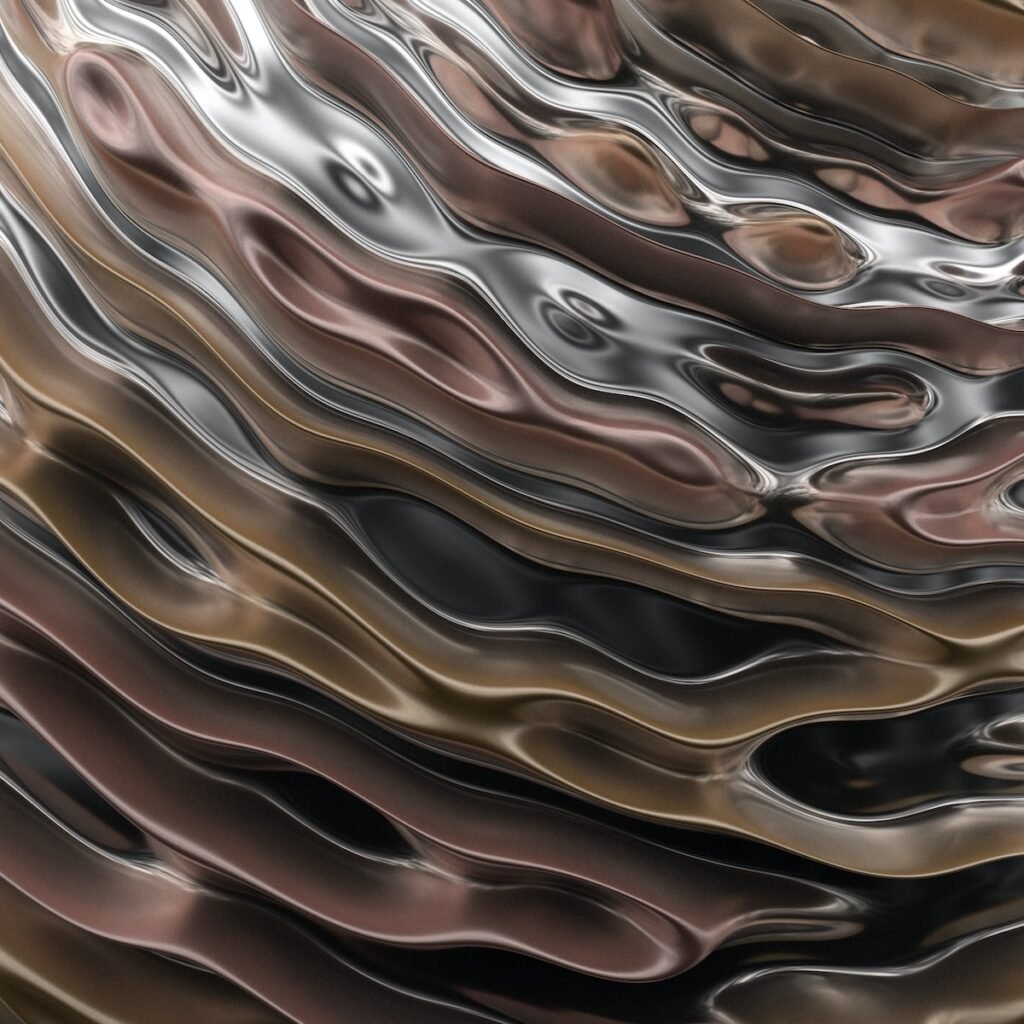Unveiling Ruthenium Detection: Promising Techniques and Applications
Ruthenium, a rare transition metal belonging to the platinum group, has gained significant attention due to its diverse industrial applications. From catalysis to electronics, ruthenium plays a crucial role in various fields. However, its detection and quantification have posed challenges to scientists and researchers. This article aims to explore the latest advancements in ruthenium detection techniques and their potential applications. By delving into the intricacies of these techniques, we can gain insights into the promising future developments that lie ahead in ruthenium detection.
Introduction to Ruthenium Detection
Ruthenium detection involves the identification and quantification of this elusive metal in various samples. Traditional methods, such as atomic absorption spectroscopy, have been used for ruthenium detection. However, these techniques often lack the required sensitivity and selectivity. The demand for more precise and efficient methods has led to the development of advanced techniques.
Advanced Techniques for Ruthenium Detection
One of the most promising techniques for ruthenium detection is inductively coupled plasma mass spectrometry (ICP-MS). This technique offers exceptional sensitivity, allowing for the detection of ruthenium at ultra-trace levels. By coupling ICP-MS with chromatographic methods, researchers have successfully achieved precise and accurate ruthenium determination in complex matrices.
Another noteworthy technique is X-ray fluorescence spectroscopy (XRF). XRF allows for non-destructive analysis of various samples, making it ideal for industrial applications. By utilizing XRF, scientists can rapidly screen large quantities of materials for ruthenium content.
Additionally, electrochemical methods have gained attention for their simplicity and sensitivity. Techniques like anodic stripping voltammetry (ASV) and square wave voltammetry (SWV) have shown promising results in ruthenium detection. These methods offer the advantage of real-time measurements and portability, making them suitable for field analysis.
Applications of Ruthenium Detection Methods
Ruthenium detection methods find extensive applications in various fields. In the pharmaceutical industry, these techniques are utilized for quality control and monitoring of ruthenium-based drugs. Environmental monitoring benefits from ruthenium detection, as it aids in tracking the dispersion of this metal in water bodies and soils.
The semiconductor industry relies on ruthenium detection methods for quality assurance of electronic components. By ensuring the absence of ruthenium contamination, manufacturers can maintain the reliability and performance of their products.
Furthermore, ruthenium detection plays a crucial role in catalysis research. By accurately determining ruthenium concentrations in catalysts, scientists can optimize their formulations to enhance catalytic activity and selectivity.
Promising Future Developments in Ruthenium Detection
The future of ruthenium detection holds exciting prospects, with ongoing research focused on overcoming current limitations. Nanomaterial-based sensors show great potential in improving sensitivity and selectivity. By using functionalized nanoparticles, researchers aim to enhance the detection capabilities for ruthenium.
Advancements in machine learning algorithms also contribute to the future developments in ruthenium detection. By training algorithms on large datasets, scientists can develop predictive models that improve the accuracy and efficiency of ruthenium detection methods.
Additionally, the integration of portable devices with ruthenium detection techniques opens up new avenues for on-site analysis. This portability allows for real-time monitoring, reducing the time and cost associated with laboratory analysis.
Exploring the world of ruthenium detection has unveiled a range of promising techniques and applications. From advanced methods like ICP-MS and XRF to electrochemical approaches, scientists have made significant progress in improving ruthenium detection. These techniques find applications in various industries, including pharmaceuticals, environment, and catalysis. The future of ruthenium detection looks bright, with the potential for nanomaterial-based sensors, machine learning algorithms, and portable devices revolutionizing the field. As scientists continue to unravel the mysteries of ruthenium detection, we can expect enhanced sensitivity, selectivity, and efficiency, enabling us to unlock the full potential of this versatile metal in our daily lives.

